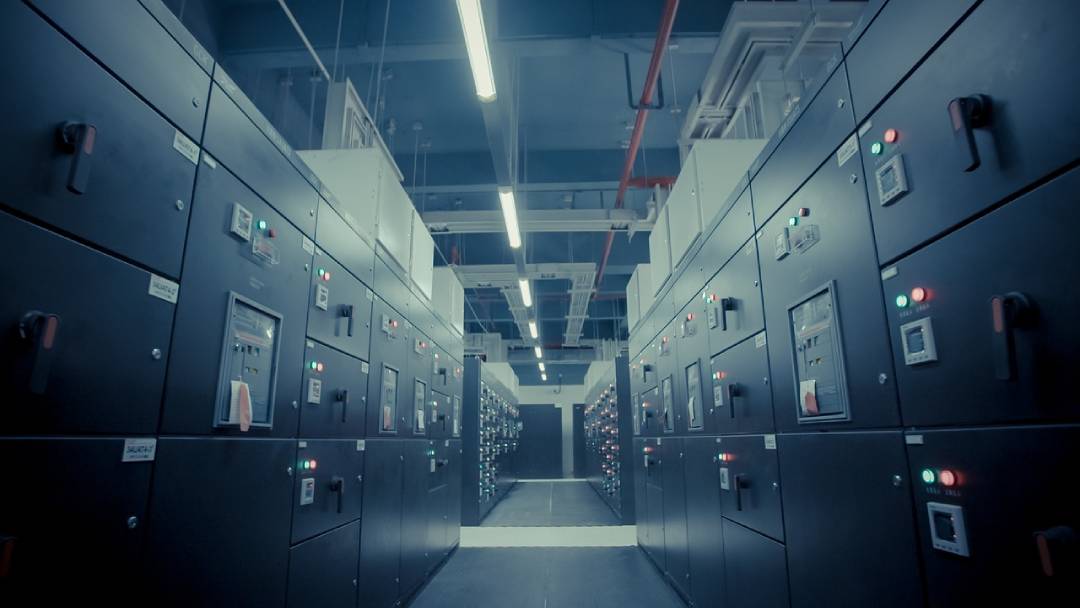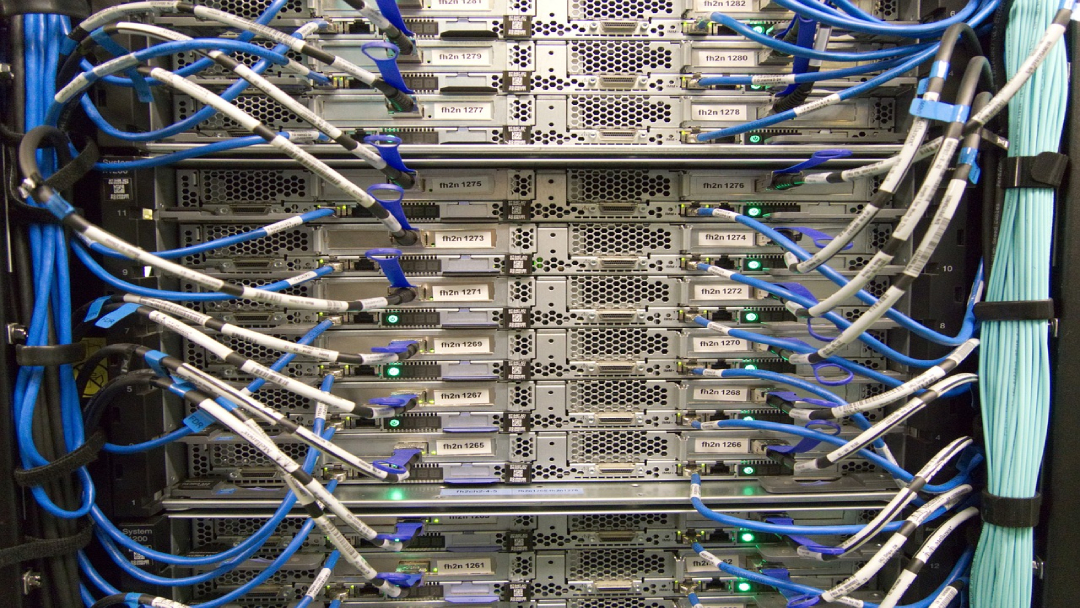Did you know that all the data in the digital universe equals roughly 44 zettabytes? To put that in perspective, that means that there are forty times more bytes on the internet than there are stars in the universe.
We rely on data centers to help process this extraordinary amount of data that we create. Unfortunately, the existing cable infrastructure in many data centers isn’t enough to support this sea of data. Instead of old copper wire, data centers should turn to AOC cables.
But exactly what are active optical cables? And what are the specific types of benefits that come with them? If you want to learn the answers to these questions, you’re in the perfect place. This helpful article will explain everything you need to know about AOC cables.
What Are AOC Cables?
You can think of AOCs (aka active optical cables) as a hybrid between copper wires and fiber optic technology. Here’s how it works: in between the connectors of the copper cabling lies the optical fibers.
Now when an electrical signal travels through the copper wires and reaches the optical fibers, it becomes converted into optical signals. What does this do? For starters, it improves both the speed and distance that a signal can travel without sacrificing any of the compatibility between the two.
We’ll go over the benefits of AOCs later. All you need to know for now is that it’s widespread to see these types of cables used in data centers.
Why Was AOC Invented?
As we mentioned, AOC cables were designed to fix capacity problems in many of the country’s data centers. Here’s the problem, the copper cabling traditionally used in data centers was incredibly heavy. This made moving it around and setting it up a considerable hassle.
Not only that, but the electromagnetic signals given off by the hardware equipment began to affect the copper wiring. Specifically, it would cause the performance levels of the copper cables to plummet.
So active optical cables were created to replace this copper cabling at a minimal cost to the data center. Now, it’s become a staple of HPC applications (aka High-Performance Computing).

What Are the Benefits of AOC Cables?
Replacing AOC cables can be costly. So you might be wondering about the advantages that come with using them. For starters, you’re going to get a higher bandwidth and a longer reach on that bandwidth.
Next, active optical cables are much easier to transport than copper cables. With active wires, you have far less exposure to EMF radiation that can affect both your health and the performance of the data center tech. Lastly, they’re smaller and have a lower bit-error rate.
Want to learn the current best practices for cabling a data center? Explore this guide to discover everything you need to know.
Related: Understanding Arc Resistance and How to Test It
What Should You Consider When Shopping For AOC Cables?
Like buying any other form of cabling, you’re going to need to do a little research before you pick the right option. This section will cover some things you should factor in before purchasing your AOC cables.
Related: Environmental Monitoring: Catch Data Center Equipment Failures
1. Data Rate
The first decision you must make is the data rate that comes with your AOC. Generally speaking, you have around five options for your data rate selections. These include:
- 10 Gbps
- 25 Gbps
- 40 Gbps
- 100 Gbps
- 120 Gbps
The right option for you will depend on how much storage and performance your data center requires. Picking a small data rate when your data center uses much power is a big mistake people often make.
If you aren’t sure, we recommend the middle ground found in the 40 Gbps. It provides exceptional performance, and it’s affordable too.
2. Cable Length
AOC cables are able to get around any of the distance problems that come with copper cabling. However, you will still need to determine the right AOC length for your specific needs. Typically you can find ACO cables between lengths of one to one hundred meters.
Try to make sure that your cable isn’t too long or too short. Otherwise, it can cause potential performance issues.
3. Reliability
Not all AOC products are created equally. Some transceivers might be faulty, leading your entire system to fail. As such, ensure you get a guarantee from your seller that the AOC is reliable.
4. Vendor and Price
When it comes to vendors and prices, you have two options. First, you can go with one of the major vendors, like Cisco or HP. However, remember that a lot of the cost is going toward the brand name, and it can get expensive.
Alternatively, you can go with the more affordable third-party option. Ultimately, your budget will play an essential factor here.
Want to find a reliable AOC cable vendor? Contact C&C Technology, and we’ll put you in touch with someone that can help your data center.

The Importance of AOC Cables
Currently, there are 2,701 data centers located in the United States, and that number is only expected to increase. As we continue to create data centers, it’s important to remember that traditional copper cabling is no longer the answer.
Not only does it not provide the bandwidth needed to function, but it also introduces massive power delivery problems. As such, whether your data center is new or old doesn’t matter.
If you avoid updating your cables to AOC, you’re going to have problems down the line. So the sooner you install new ones, the quicker you will receive a good return on investment.
Related: Category 6A Cables: THE Choice for New Installs
Last Updated on June 8, 2023 by Josh Mahan




